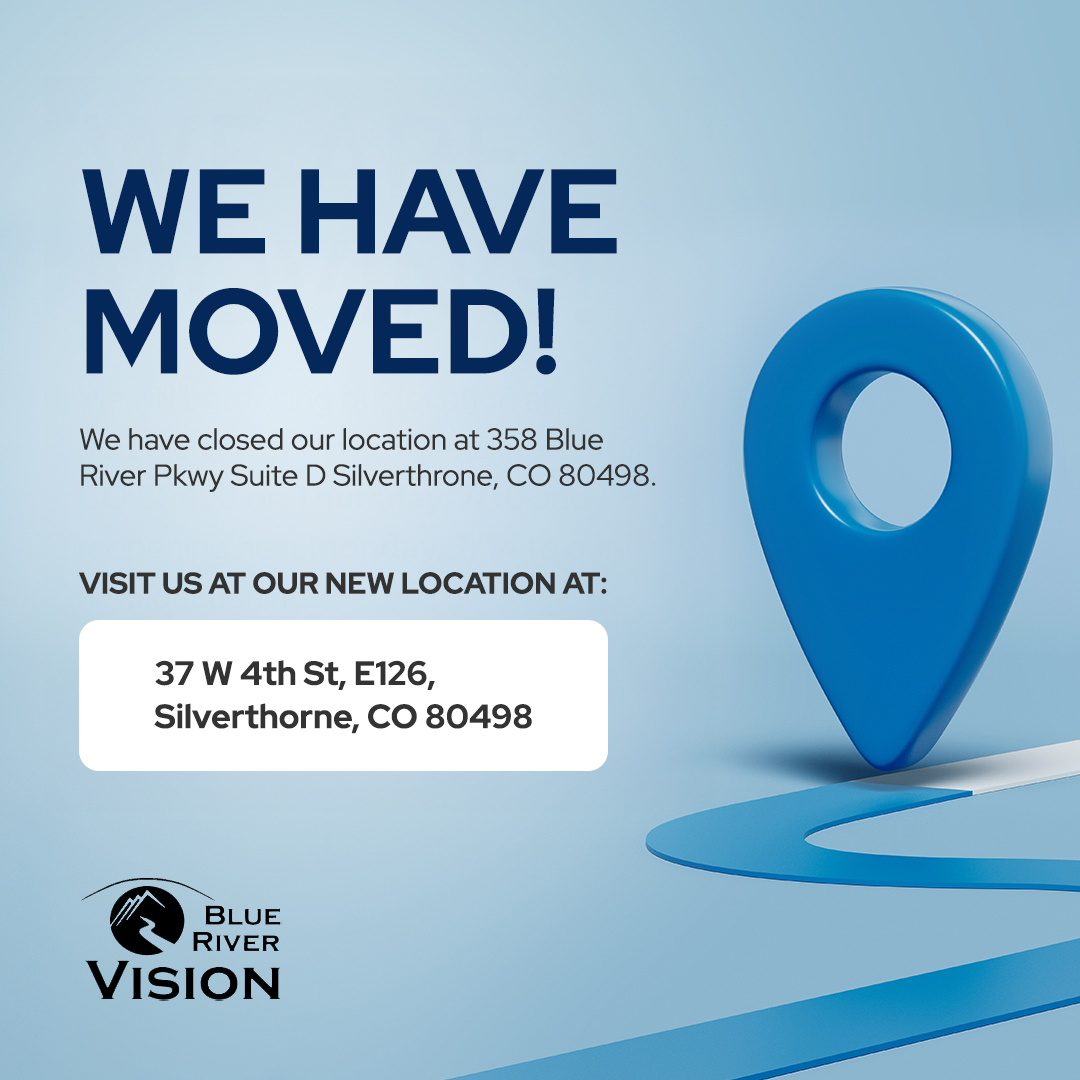
As a parent, you closely track your baby’s growth. You celebrate those first smiles, steps, and words. But did you know your infant’s vision requires similar monitoring? An InfantSEE exam is a special eye check-up designed just for babies. Read on to learn why it matters and what to expect.
Why Babies Need Eye Exams
Healthy vision does not just happen. Eyes require proper care for development in infancy and early childhood. Vision changes rapidly in a baby’s first year. This critical period sets the foundation for all future visual abilities.
Conditions like nearsightedness, misaligned eyes, and focusing issues can interfere with normal vision maturation without detection. This can result in lasting problems like:
- Amblyopia (lazy eye)
- Poor eye coordination
- Difficulty seeing distances or details
Catching problems early allows for effective treatment. Patching, glasses, or eye muscle therapy can make a big difference during the flexible growth stage of an infant’s brain.
What Is InfantSEE?
Optometry Cares, the charitable arm of the American Optometric Association, operates InfantSEE, a public health program. This program offers free eye exams for babies aged 6 to 12 months. The aim is to detect and treat vision issues at an early stage.
Over 150,000 infants are recipients of InfantSEE assessments. The program found that one in 10 infants had a condition requiring monitoring or treatment. Without InfantSEE, many of these cases would have likely gone unnoticed.
What Happens During an Exam?
During an InfantSEE exam, the doctors create child-friendly tests for babies. They do not use charts with letters. Instead, they watch how babies look at lights and toys. They see if babies can focus on different objects at different distances. This helps measure visual sharpness and eye coordination.
The doctors also check each eye separately. They cover one at a time and look for steady eye movement. This lets them check if the child’s eyes work together. They watch pupil reactions as they look. This helps them spot problems like nearsightedness, farsightedness, or astigmatism.
The doctor sees if the baby's eyelids, tear ducts, pupils, and other structures develop normally. They look into the baby's eyes for health issues, too. They put drops in to open the pupils. This lets them inspect essential areas like the retinas and optic nerves. Also, they actively look for early signs of eye disease.
Finally, doctors talk to parents about eye diseases that run in the family. If there is a family history of lazy eye or similar conditions, having the baby checked more frequently may be necessary. The exam lets parents know about their baby's eye health. The doctor tells them if they should do anything so the baby's vision properly develops.
Why InfantSEE Over Screenings?
Pediatricians sometimes offer basic vision checks. So, why see an optometrist for InfantSEE instead? The difference comes down to scope.
Vision screenings look for obvious red flags like crossed or lazy eyes. While important, they miss many issues optometry exams detect. Limited tools and training cannot replicate an InfantSEE visit.
Healthy vision starts early. An InfantSEE assessment gives your child’s eyes the best shot at meeting developmental milestones. Bring any questions to your appointment. Your optometrist will be happy to discuss eye care for your growing baby.
For more on InfantSEE Exams, visit Blue River Vision at our Silverthorne, Colorado, office. Call (970) 451-0015 to schedule an appointment today.





